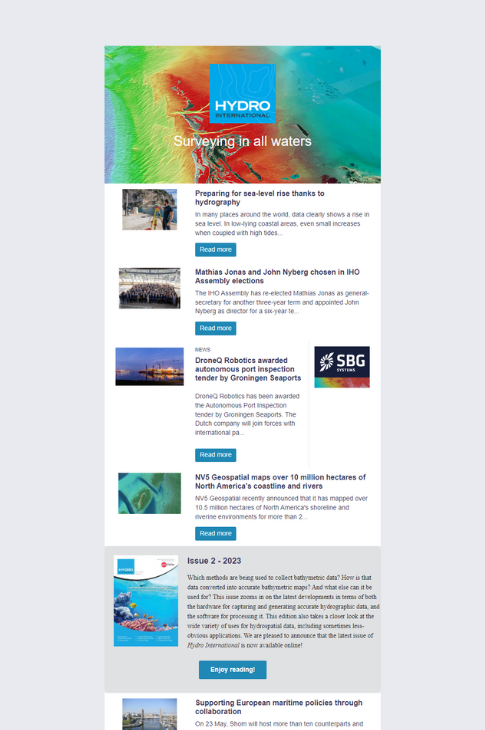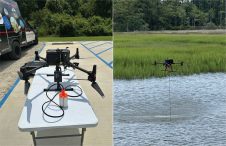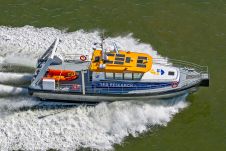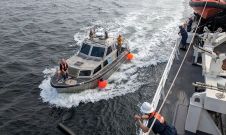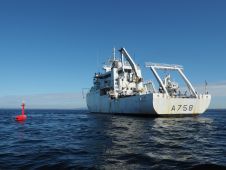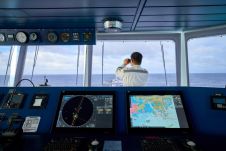'Early Warning' Signals to Anticipate Failure of Safety
A new independent research report by the Energy Institute, Lloyd's Register and the UK Health & Safety Executive has presented industry with a practical way to measure the human factors 'health' of their safety regimes, potentially opening the way to significant advances in workplace safety, environmental stewardship and operational efficiency.
The report is expected to be welcomed by the energy and related process and transportation sectors, but it also will have relevance for most companies looking to better understand and manage the impact their employees have on safe and efficient operations.
"This report is significant in that it proposes a set of metrics and provides information that will allow the process industry to accurately measure the human factors that affect the safety performance of the organisation. It particularly focuses on how the workforce interacts with high-risk assets," said Richard Sadler, Chief Executive, Lloyd's Register. "What recent investigations of industrial incidents continue to show is that strategies for asset safety are not enough. Effective risk management must include the human part of the interaction between people, plant and process, and that is why we continue to invest heavily in this particular area."
Sadler says there have been big improvements in asset quality and management systems over the past decade, leaving human factors as the final frontier where significant advances in workplace safety still can be achieved.
Rob Miles, Head of Human and Organisational Factors, Offshore Division at HSE, said: "During our inspections and investigations, we are placing increasing emphasis on the role of safety-leaders. A key element of this is what information reaches those in leadership roles, how they understand that information and what actions they then take. We see this report as providing the framework for how such information is gathered and used, particularly on the challenging human-factors issues."
Identifying leading performance indicators for human factors – known as the ‘human element’ in the marine sector – will help companies to identify the areas in which they need to proactively manage the factors that affect workforce performance before it becomes a problem, while demonstrating the appropriate levels of control to stakeholders such as regulators and insurers.
While the new practical methodology for measuring the factors that affect performance of the workforce will have obvious benefits for the energy industry, the report's authors believe it also has relevance for companies operating high-risk assets in the chemicals, power, nuclear, rail and marine sectors.
"Major accident hazard site operators who are seeking to demonstrate continuous improvement in the management of the human element of risk should read this research report. It introduces the latest thinking on performance measurement and proposes leading and lagging indicators for the HSE Human Factors Key Topics," said Graham Reeves, Chairman of the EI’s Human and Organisational Factors Committee. "Simple, concise information is provided that stresses workforce involvement combined with a design template to support the design of human factors performance indicators for implementation within a business. This research report marks the beginning of a journey, but it is one which we will all have to embark on. Fortunately, the route we have to take is well defined. After all, 'you don’t improve what you don’t measure'."
The research programme was carried out over the Spring and Summer of last year, with a mandate to capture the use of leading and lagging indicators in the process industries and to deliver a process for operating companies to follow.
“This is the first time a set of key performance indicators, supported by a transparent methodology aligned with UK HSE guidance, has been made available to help companies operating in the oil, gas and process industries to manage the human aspects of safety more effectively," said Dr Kevin Fitzgerald, research project manager and a member of Lloyd’s Register’s Aberdeen-based consulting services team. "We have taken an established HSE methodology, adapted it, and stated how to use that to select the right KPIs to measure the factors that affect performance of the workforce and turn that information into action."


